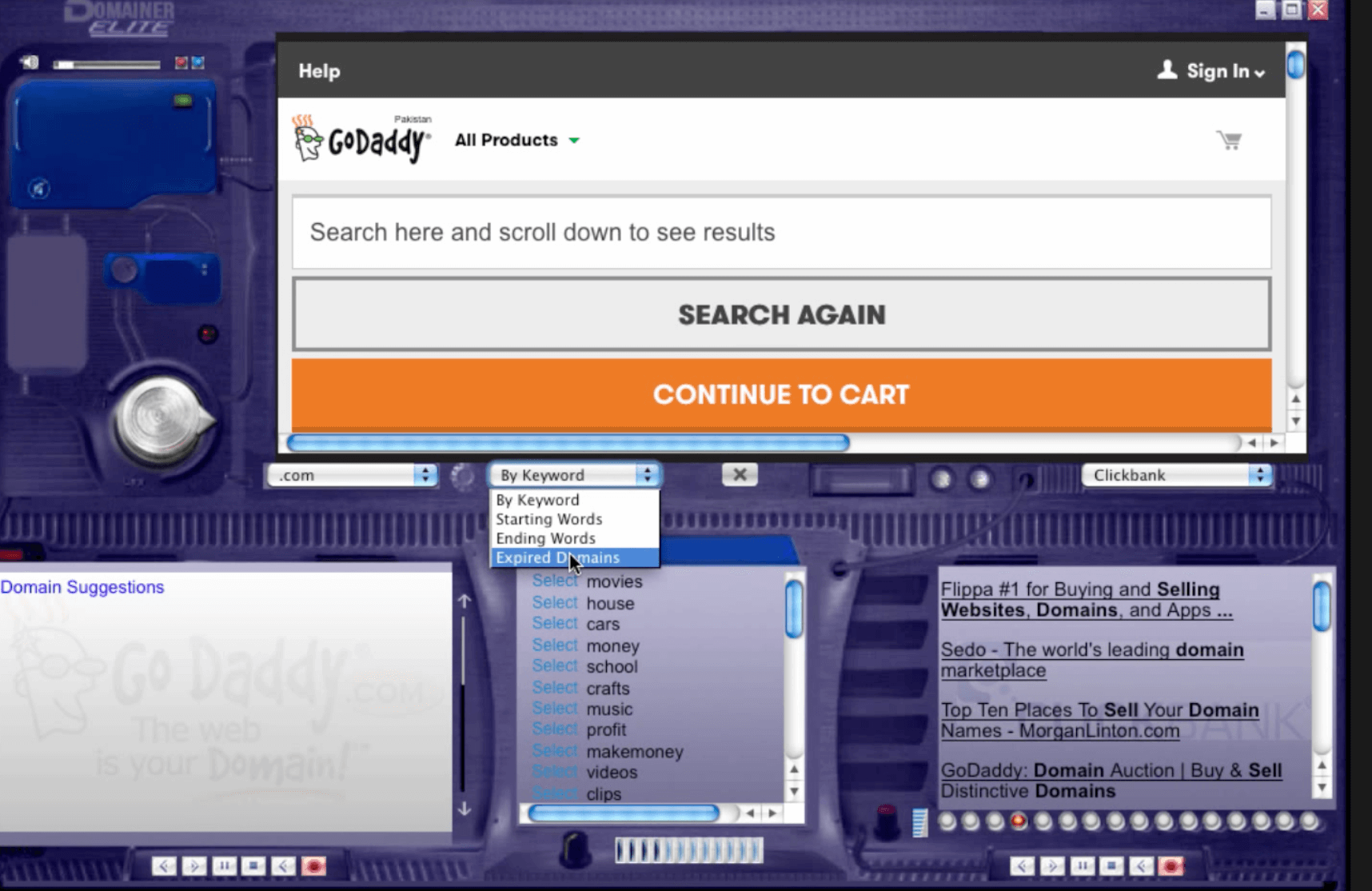
Hutchins remembers mentally racing through every possible illegal thing he'd done that might have interested Customs. In a state of shock, feeling as if he were watching himself from a distance, Hutchins asked what was going on. When Hutchins confirmed that he was, the man asked in a neutral tone for Hutchins to come with them, and led him through a door into a private stairwell. “Are you Marcus Hutchins?” asked the red-haired man. Hutchins was composing another tweet when he noticed that three men had walked up to him, a burly redhead with a goatee flanked by two others in Customs and Border Protection uniforms. The story, after all, was irresistible: Hutchins was the shy geek who had single-handedly slain a monster threatening the entire digital world, all while sitting in front of a keyboard in a bedroom in his parents' house in remote western England.

He and his entourage had been invited to every VIP hacker party on the strip, taken out to dinner by journalists, and accosted by fans seeking selfies. This legendary feat of whitehat hacking had essentially earned Hutchins free drinks for life among the Defcon crowd.
DOMAINER ELITE CRACKED 2017 SOFTWARE
Just as that self-propagating software had begun exploding across the planet, destroying data on hundreds of thousands of computers, it was Hutchins who had found and triggered the secret kill switch contained in its code, neutering WannaCry's global threat immediately. Less than three months earlier, Hutchins had saved the internet from what was, at the time, the worst cyberattack in history: a piece of malware called WannaCry.

Hutchins was coming off of an epic, exhausting week at Defcon, one of the world's largest hacker conferences, where he had been celebrated as a hero.


 0 kommentar(er)
0 kommentar(er)
